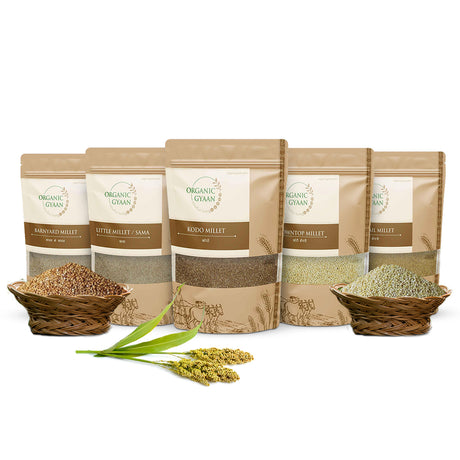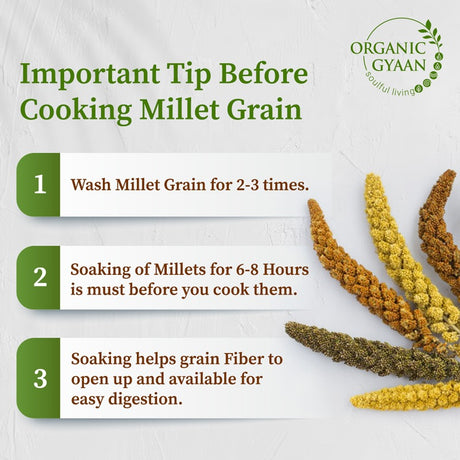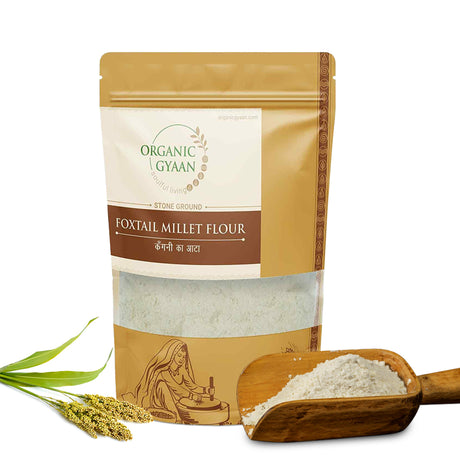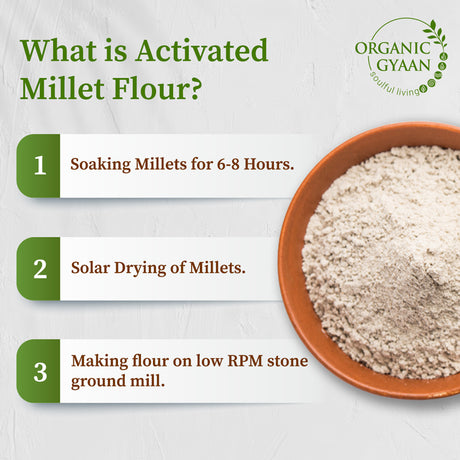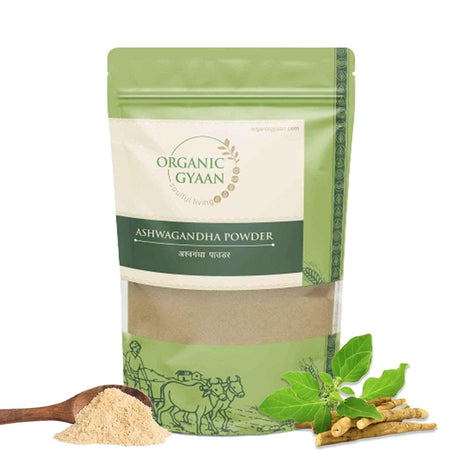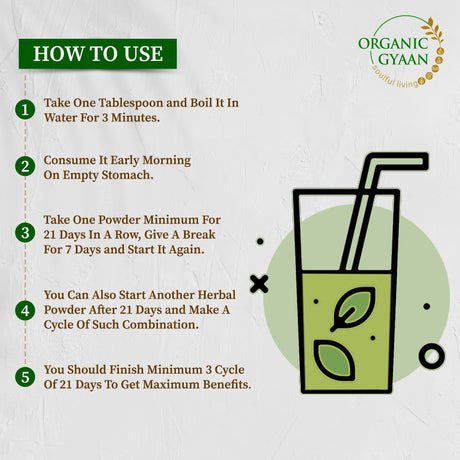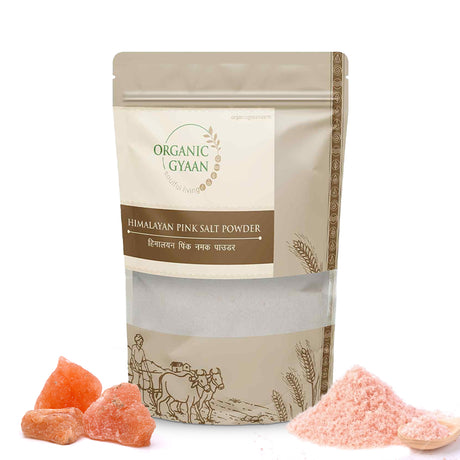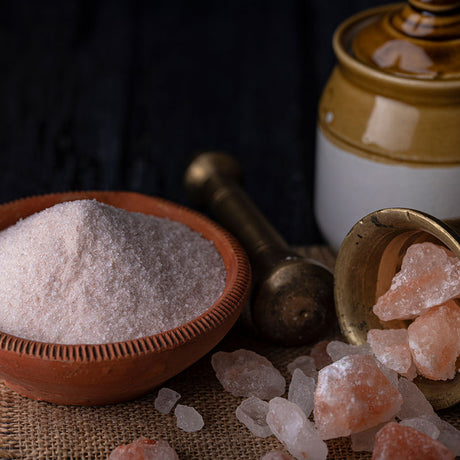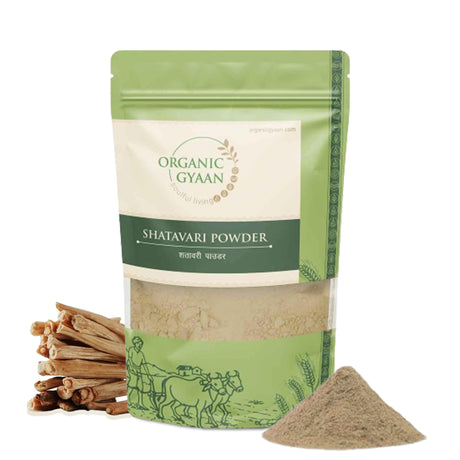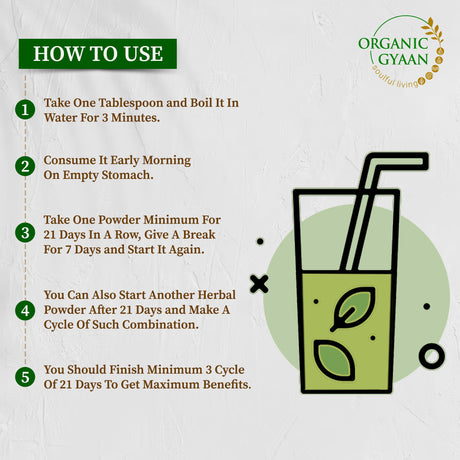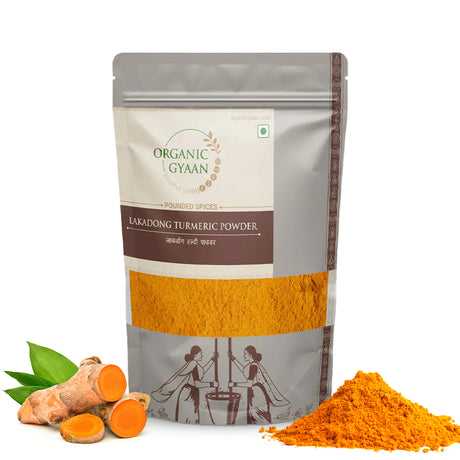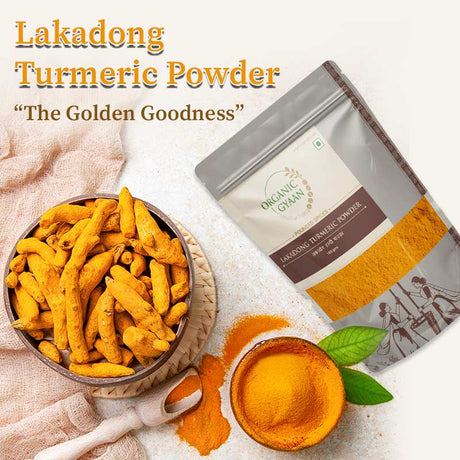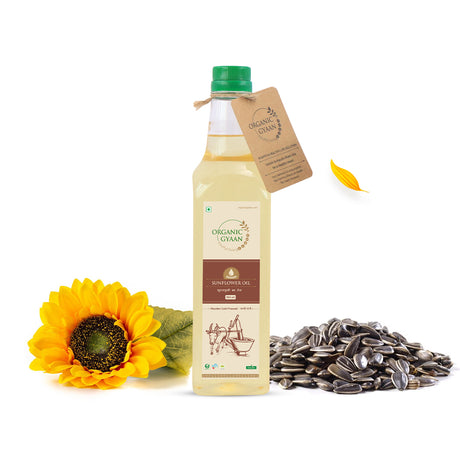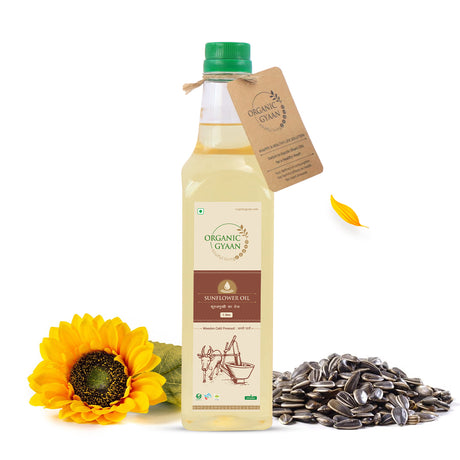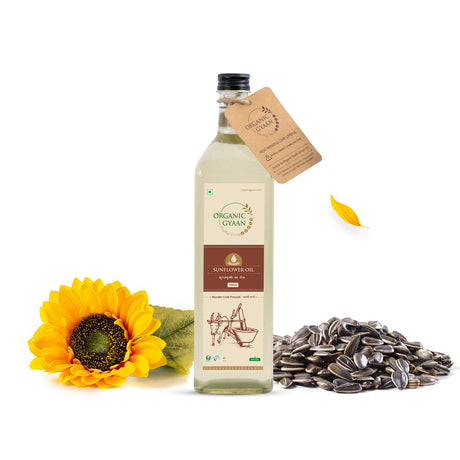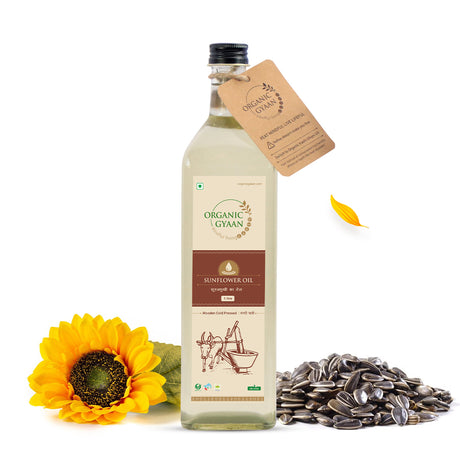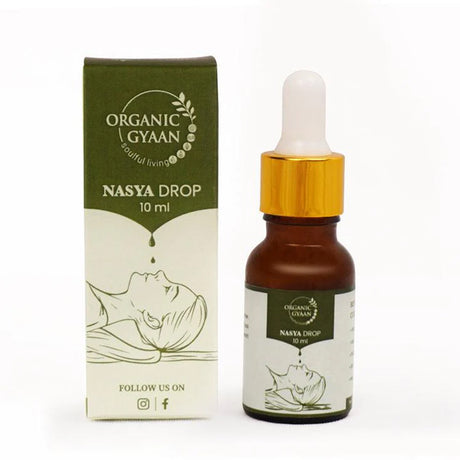Have you ever soaked a bowl of millets, set it aside overnight… and then the next morning thought, “Okay, now what?” You’re not alone.
More and more of us are turning to millets these days—and rightly so. These tiny grains are nutritional powerhouses that have fed generations long before modern superfoods came into vogue. But once you’ve taken that crucial first step of soaking millets (which is brilliant for digestion and nutrient absorption), the big question arises:
What do you actually do with soaked millets?
In this blog, we’ll not only answer that question but also walk you through five easy millet recipes you can prepare right at home. Whether you’re looking for something simple, nourishing, kid-friendly, or even festive—we’ve got something for you.
We’ll explore dishes that are flavorful, rooted in tradition, gentle on your stomach, and packed with goodness.
But First, Why Soak Millets at All?
Soaking millets isn’t just some old-fashioned ritual. It’s a deeply intelligent process—both scientifically and energetically.
Here’s why soaking is important:
- It softens the outer layer, making the grain much easier to digest.
- It reduces naturally occurring compounds like phytic acid, which can block the absorption of minerals.
- It enhances the grain’s bioavailability—meaning your body can better absorb nutrients like iron, calcium, and magnesium.
- It also gives the millet a beautiful, light texture and cuts down on cooking time.
Soaked millets are gentler on the gut and kinder to the body. And when cooked right, they’re an absolute joy to eat.
Let’s get into the real question now: What can you make with them?
1. Foxtail Millet Ambali – The Morning Gut Tonic
If you grew up in a South Indian or tribal household, you’ve probably heard of Ambali—a thin, fermented millet gruel that people drink in the morning.
It’s humble, but don’t be fooled—Ambali is one of the most powerful, gut-healing foods you can add to your day.
Here’s how to make it:
You’ll need:
- 1/4 cup Foxtail millet
- 3 cups Water
-
Himalayan Pink Salt (as per taste)
How to prepare:
Soaking:
-
Rinse the ambali millet grain thoroughly under water twice. (Do not over-wash them, as it may cause nutrient loss.)
-
Soak them in 5-6 times the water quantity for 6 to 8 hours or overnight.
Cooking:
-
After soaking, cook the ambali millet on low flame in a mud pot with the same soaking water. (Do not use a pressure cooker.)
-
Stir occasionally and allow it to cook gently until it softens completely.
Fermentation:
-
Once cooked, let it cool slightly.
-
Cover it with a muslin cloth (do not use an airtight lid, as fermentation requires air circulation).
-
Allow it to ferment for 5 to 6 hours or overnight.
Final Preparation:
-
Just before consuming, add a pinch of Himalayan pink salt.
-
Mix well and drink immediately.
-
Do not reheat after fermentation, as it will kill the beneficial probiotic bacteria.
- This ambali recipe is ideal for those who want a nutritious yet easy-to-prepare breakfast that supports holistic wellness.
Ambali cools the body, balances digestion, and fills you with light, sustaining energy for the whole day. It's perfect for hot days, recovery periods, or anyone dealing with indigestion or acidity.
2. Barnyard Millet Upma – A Light & Nourishing Start
Upma is a comfort breakfast for so many of us. Now imagine that same comfort—lightened, brightened, and made even more nutritious by swapping out regular rava for Barnyard Millet Suji.
Ingredients:
- 1 cup Barnyard Millet Suji
- 1 tbsp cold-pressed coconut or sesame oil
- ½ tsp mustard seeds
- A few curry leaves
- Chopped green chilies and ginger
- Diced veggies (carrots, peas, beans, etc.)
- Himalayan pink salt and turmeric to taste
How to prepare:
- In a pan, dry roast the Barnyard Millet Suji on low flame until slightly aromatic. Set aside.
- Heat oil and temper mustard seeds, curry leaves, green chilies, and ginger.
- Add chopped veggies and sauté for 3–4 minutes.
- Add the roasted suji and mix well.
- Pour in water (roughly 2 to 2.5 cups), stir continuously to avoid lumps.
- Cover and cook on low flame until soft and fluffy.
- Finish with a spoon of A2 Gir Cow Ghee for aroma and digestion support.
How to prepare:
- In a cast iron kadai, heat your oil and temper the mustard seeds, curry leaves, green chilies, and ginger.
- Add chopped veggies and sauté for 3–4 minutes.
- Toss in the soaked millet and stir well.
- Add water (roughly 2 to 2.5 cups), cover, and cook until soft.
- Finish with a spoon of A2 Gir Cow Ghee for aroma and digestion support.
Millet Upma is light, filling, and deeply satisfying—perfect for breakfast, but also lovely as a mid-day meal or evening tiffin.
3. Little Millet Khichdi – A Comforting One-Pot Wonder
When life gets busy, khichdi is the answer. But when made with Little Millet, this classic comfort food becomes even lighter and easier to digest.
This dish is a go-to for children, elders, or anyone recovering from illness or over-indulgence.
Ingredients:
- 1 cup soaked little millet
- ½ cup yellow moong dal, soaked
- 1 tbsp ghee
- Cumin seeds, ginger, turmeric
- Chopped vegetables (carrots, spinach, bottle gourd)
- Himalayan pink salt to taste
Method:
- In a heavy-bottomed pan or cooker, warm the ghee and temper with cumin seeds and grated ginger.
- Add veggies and sauté for a couple of minutes.
- Add the millet, dal, turmeric, salt, and 3–4 cups of water.
- Cook until soft (3–4 whistles in a pressure cooker or simmered gently in an open pot).
- Serve warm with a side of curd or papad.
Millet khichdi is wholesome, grounding, and full of fiber and plant-based protein. It gives your body nourishment without taxing your system.
4. Browntop Millet Dosa – A Crispy, Gluten-Free Favorite
Let’s be honest—who doesn’t love dosas? Browntop millet makes an excellent base for dosas that are not just crispy but also rich in fiber and minerals.
You’ll need:
- 1 cup soaked browntop millet
- ½ cup urad dal (soaked)
- 1 tsp methi (fenugreek) seeds
- Salt to taste
Preparation:
- Grind the millet, dal, and methi into a smooth batter. Let it ferment overnight.
- Once bubbly and airy, add salt and water as needed to get the perfect dosa consistency.
- Heat your tawa, pour the batter, spread thin, and cook with cold-pressed groundnut oil.
Serving tip: Goes beautifully with coconut chutney or even jaggery-sweetened tomato chutney for that sweet-spicy combo.
5. Millet & Moong Sprout Stir-Fry – A Simple, Protein-Rich Meal
This recipe is light, colorful, and full of energy! It brings together two superfoods—soaked millets and moong sprouts—for a quick, nourishing meal that’s perfect any time of the day.
You’ll need:
- 1 cup soaked and cooked millet (Foxtail, Little, or Kodo)
- 1 cup moong sprouts (lightly steamed or sautéed)
- 1 tbsp cold-pressed coconut or sesame oil
- ½ tsp mustard seeds
- A few curry leaves
- Chopped green chilies (optional)
- Chopped veggies – onion, carrot, capsicum, etc.
- Himalayan pink salt to taste
- A squeeze of lemon
- Fresh coriander to garnish
How to make it:
- In a pan, heat oil and add mustard seeds, curry leaves, and green chilies.
- Add onions and cook until soft.
- Add the rest of the veggies and sauté for 2–3 minutes.
- Now add the cooked millet and moong sprouts. Mix gently.
- Add salt and a squeeze of lemon juice.
- Garnish with fresh coriander and enjoy warm!
Benefits of Cooking with Soaked Millets
By now, you can probably feel the shift—these aren’t just dishes; they’re nourishing rituals.
Here’s what soaked millet recipes bring into your life:
- Better digestion and reduced bloating
- Enhanced mineral absorption
- Gentle, grounding meals for all age groups
- Low-glycemic, diabetic-friendly options
- A return to traditional, wholesome eating
They reconnect you to your roots and help you live more mindfully, one meal at a time.
In Closing: Make Soaked Millets a Way of Life
Let’s be honest—soaking millets might seem like a small step, but it’s actually one of the most important ones. It’s not just something nice to do… it’s something we must do if we want to enjoy all the goodness these ancient grains have to offer.
Soaking makes millets easier to digest, helps our body absorb more nutrients, and brings back a slow, mindful way of cooking that our ancestors knew so well.
If you’re someone who wants to eat better, feel lighter, support your gut, or simply connect with traditional foods—soaked millets are a beautiful place to start.
So tonight, soak a bowl of millet. That’s it—just soak.
And tomorrow morning, instead of something heavy or complicated, try starting your day with a simple glass of Ambali or a warm bowl of millet khichdi.
Nothing fancy. Just something honest, nourishing, and made with intention.
Because at the end of the day, real wellness begins with small, consistent choices—like soaking a grain and letting it work its quiet magic.


